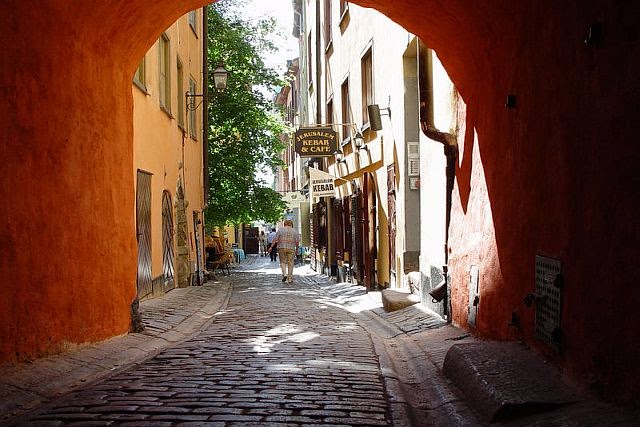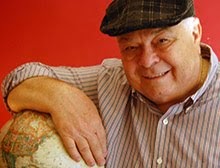 |
| Santorini, Greece at sunset is an Adriatic masterpiece (wikipedia) |
Tom
Hanks was a Castaway. We have all
heard the story of Robinson Crusoe. We see cartoons about the joy of being
marooned on a desert island. Nothing captures the desire for isolation,
solitude and sunshine better than an island.
Though
every island, no matter how large, possesses inherent limitations, the adventurous
idea of an environment surrounded by water somehow captures the imagination.
With
that in mind, here is a list of ten great island destinations to discover in
2015.
 |
| Spectacular ruins of the Greek theater in Taormina, Sicily (Taylor) |
1
– Sicily
– The largest island in the Mediterranean has a little bit of everything; Greek
and Roman ruins, Europe’s largest active volcano Mt. Sicily
 |
| Breathtaking Sydney Opera House at night in Sydney Harbor, Australia (wikipedia) |
2 – Australia – Just look at the size of a can of
Foster’s beer and you understand the appeal of Australia
 |
| Three faces of Iceland, a primeval world unto itself (Taylor) |
3 – Iceland – Let’s face it, Iceland Arctic
Oceans converge, where majestic fjords
punctuate thousands of miles of coastline, Iceland Iceland
4 – Ireland – The magic of Ireland Scotland , too, features geography and medieval
architecture and, while it is also the birthplace of golf, Scotland shares its island with England and Wales
 |
| Blue Footed Boobies are always a favorite in the Galapagos Islands (wikipedia) |
5 – Galapagos – First of all the Galapagos really
are off the beaten path. They are part of Ecuador
6 – Alcatraz – No one would have wanted to be a
prisoner at The Rock, but it does capture the imagination. And for some reason
when you visit, it is almost impossible to consider the challenge of designing
the foolproof means of escape.
 |
| St. Barts is the quintessential Caribbean island paradise (wikipedia) |
7 – St Barts – This tiny spot in the Caribbean is a favorite destination for jet setters.
There is virtually no night life and the one main town, Gustavia, which is
delightful. St. Barts may not have the best of anything in the Caribbean , but it probably has the second best of
everything. It is elegant and tiny with topless beaches and incredible French
food. Why say more?
 |
| Nantuket Island near Cape Cod may be quaint but you can have a "whale" of a time (wikimedia) |
8 – Nantucket – The cobblestone streets are charming
and the quaint houses are delightful. The whaling industry that made Nantucket famous and that whaling history is what rounds
out the appeal. There is a whaling museum, plenty of whaling artifacts,
picturesque harbors and great seafood. Can you say, “Aaaargh!”
 |
| Lush tropical beauty of Rainbow Falls in Hawaii (wikipedia) |
9 – Hawaii Hawaii
 |
| Tahiti is famous for its black sand beaches (wikipedia) |
10 – Tahiti
– The Bounty (pre-mutiny), Marlon Brando and artist Paul Gauguin fell in
love with French Polynesia . In fact, Gauguin
was actually a “suit” who kept venturing further and further into the
wilderness of this tropical paradise. He sailed to Tahiti
in 1891 to escape civilization and “everything that is artificial and
conventional.” In doing so Gauguin found his own personal answer to a mid-life
crisis.
 |
| The Turks & Caicos are rapidly becoming the "in" place to be in the Caribbean (Taylor) |
And just for good measure, here are five more
islands that deserve honorable mentions:
Turks
& Caicos





































